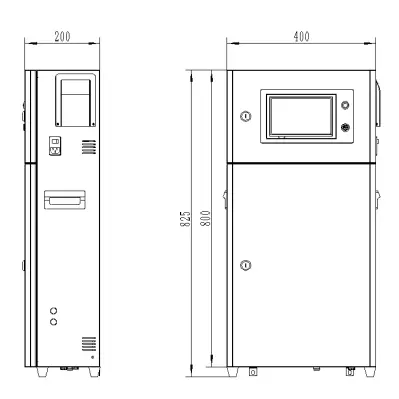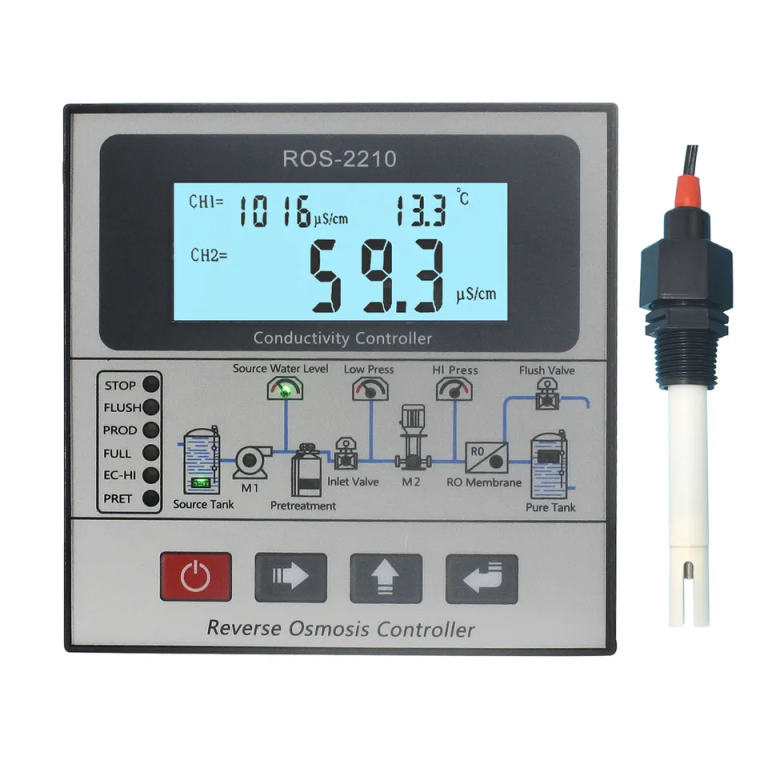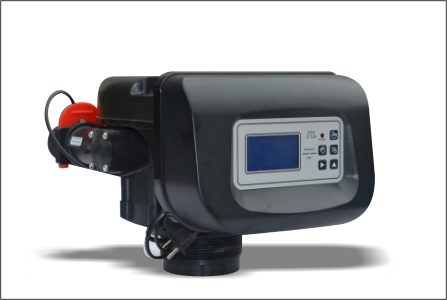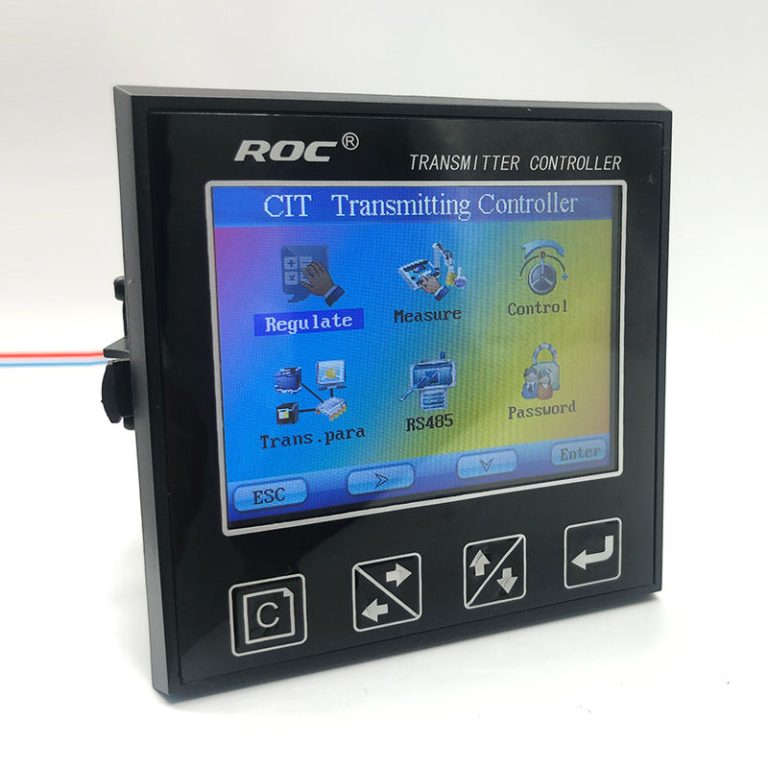“Pure, Safe, Lead-Free: Unleash the Power of Water Filters”
The Effectiveness of Water Filters in Removing Lead Contamination
Water contamination is a serious issue that affects millions of people around the world. One of the most concerning contaminants is lead, which can have detrimental effects on human health, especially in children. Lead exposure has been linked to developmental delays, learning disabilities, and even behavioral problems. With such severe consequences, it is crucial to find effective methods to remove lead from drinking water. One popular solution that many people turn to is water filters. But can water filters really remove lead contamination?
| Model | MSS2 | ASS2 -LCD/LED |
| Working Position | Service->Back Wash->Upflow Brine and slow rinse-> Fast rinse->Refill the softener water->Service . | |
| Regeneration mode | Manual | Automatic type |
| Meter Delay | ||
| Meter immediate | ||
| Intelligent Meter Delay | ||
| Intelligent Meter Immediate | ||
| Timer by day : 0-99 days | ||
| Timer by hours: 0-99 hours | ||
| Inlet | 3/4” | 3/4” 1” |
| Outlet | 3/4” | 3/4” 1” |
| Drain | 1/2” | 1/2” |
| Base | 2-1/2” | 2-1/2” |
| Riser pipe | 1.05” OD | 1.05” OD |
| Water Capacity | 2m3/h | 2m3/h |
| Working Pressure | 0.15-0.6Mpa | 0.15-0.6Mpa |
| Working Temperature | 5-50° C | |
| Power Supply | No Need Power | AC100-240 / 50-60Hz / DC12V-1.5A |
The answer is yes, water filters can effectively remove lead from drinking water. However, not all filters are created equal, and their effectiveness in removing lead can vary. It is important to choose a filter that is specifically designed to remove lead. Look for filters that are certified by independent organizations, such as the National Sanitation Foundation (NSF), to ensure their effectiveness.
Activated carbon filters are one type of filter that can effectively remove lead from water. These filters work by adsorption, which is the process of attracting and holding contaminants to their surface. The activated carbon has a large surface area, allowing it to trap lead particles as water passes through. This type of filter can remove up to 99% of lead from drinking water.
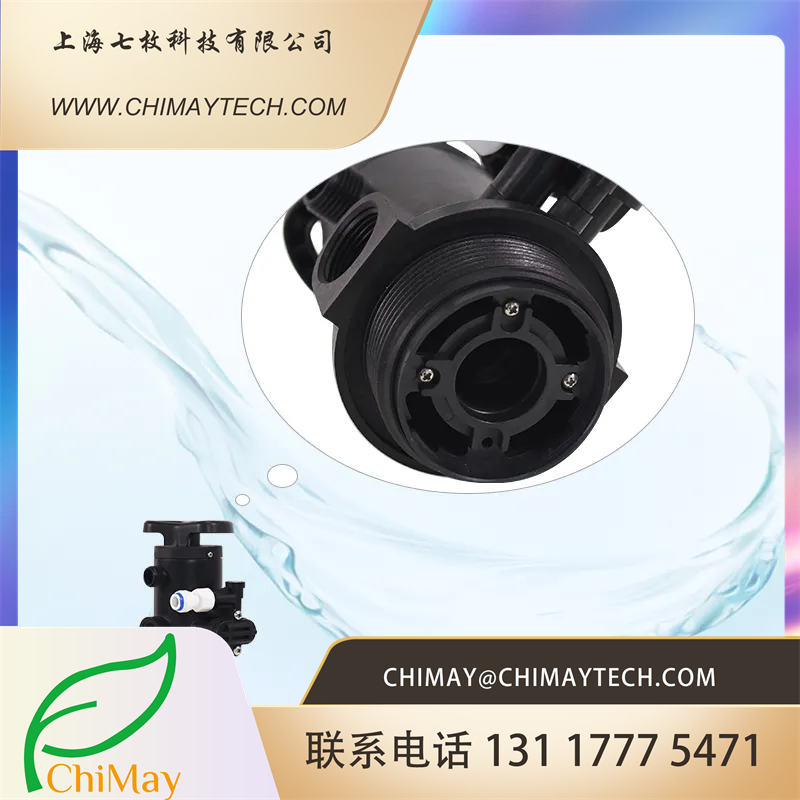
Another type of filter that is effective in removing lead is reverse osmosis filters. These filters use a semi-permeable membrane to remove contaminants from water. The membrane has tiny pores that are smaller than the size of lead particles, allowing only clean water molecules to pass through. Reverse osmosis filters can remove up to 99% of lead from drinking water, making them highly effective in reducing lead exposure.
It is important to note that while water filters can effectively remove lead from drinking water, they are not a foolproof solution. Filters can become less effective over time as they become clogged with contaminants. Regular maintenance and filter replacement are necessary to ensure optimal performance. Additionally, filters may not remove other types of contaminants, such as bacteria or viruses. It is important to choose a filter that is capable of removing a wide range of contaminants to ensure the safety of your drinking water.
In addition to using water filters, there are other steps you can take to reduce lead exposure in your drinking water. If you live in an older home, it is recommended to have your water tested for lead. If high levels of lead are detected, you may need to replace old plumbing or install a whole-house filtration system. It is also important to flush your pipes before using water for drinking or cooking, especially if the water has been sitting in the pipes for several hours.
In conclusion, water filters can be effective in removing lead contamination from drinking water. Activated carbon filters and reverse osmosis filters are two types of filters that have been proven to be highly effective in reducing lead exposure. However, it is important to choose a filter that is specifically designed to remove lead and to regularly maintain and replace the filter to ensure optimal performance. Additionally, other steps, such as testing for lead and flushing pipes, should be taken to further reduce lead exposure. By taking these precautions, you can ensure that your drinking water is safe and free from lead contamination.


